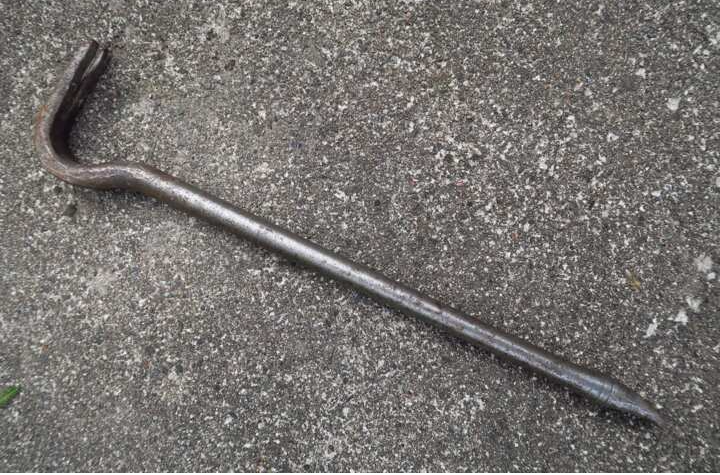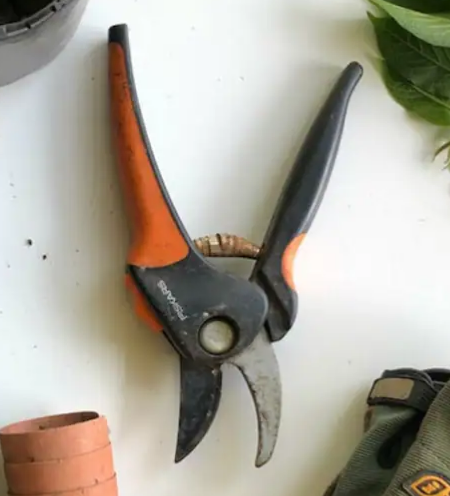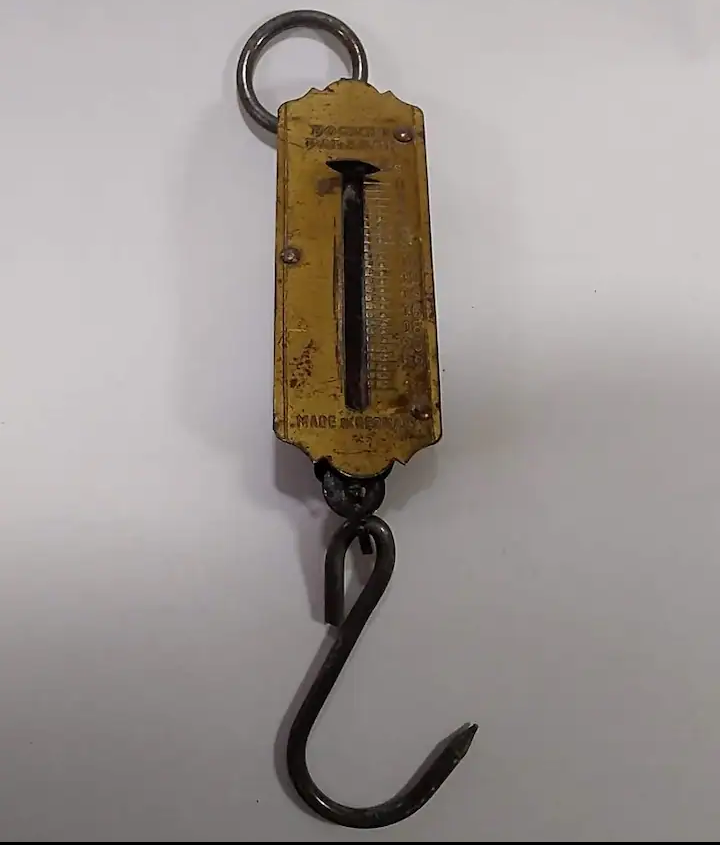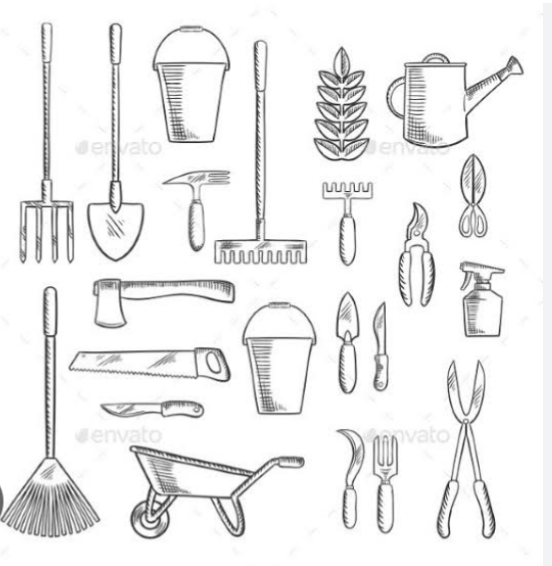
Farm tools are crude implements designed to help farmers apply manual force in farm operations. They make farm work easy, effective, and efficient thereby improving yield.They differ from tillage machines in that tillage machines are powered by the tractor or animal driven. Examples of farm tools include; spade, wheelbarrow, shovel, hammer, pliers, spanner, hand trowel, head pan, mattock, rack, cutlass, hoe, hand fork, rake, garden fork, ranging pole, tape rule, gauter chain, sickel and shares etc.
These farm tools are commonly used by peasant farmers who engage in subsistence farming. It can also be used in commercial farming but only for light farm work. It is common in developing countries like West African countries.
FARM TOOLS AND THEIR FEATURES
1. CUTLASS: Cutlass is a tool that looks like a big knife. It is made up of a blade and a wooden handle. The blade which is a flat strip of steel is about 60cm long and 8cm wide. The tip may or may not be curved depending on the nature of work the tool is meant to perform. The handle is made up of two wooden material each of about 15cm and fixed to one end of the blade with screw or nail. One edge of the blade is sharp and the other edge blunt.
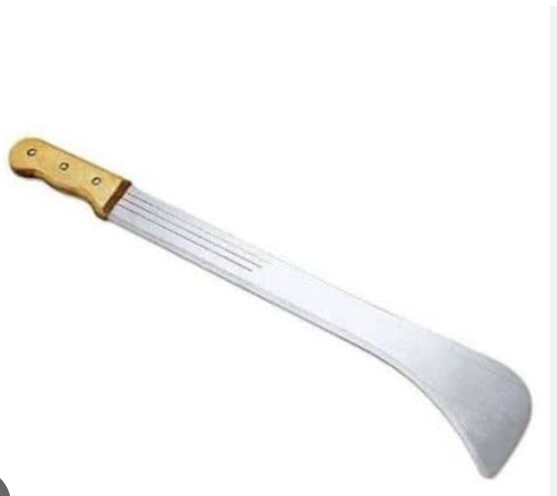
USES OF CUTLASS:
a. It is used for clearing land with vegetation
b. Use for cutting of sticks and branches
c. Use for transplanting seedlings
d. Use for digging holes
e. Also used for planting seeds.
g. It is used for harvesting crops like maize, sugarcane, cassava and yam
2. HOE: The types of hoe used in different parts of West Africa and parts of the world differ from one another. For example, the hoe used by the yorubas in Nigeria has a small blade of about 20cm long and 20cm wide at the posterior and gradually tapers to about 15cm at the anterior end. And it also has a short wooden handle of about 60 cm long set at ange 60 degrees to the blade.
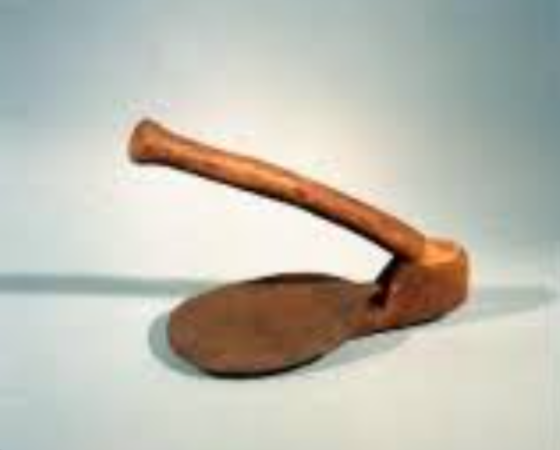
Also, the West Indian hoe used in the northern part of Nigeria has a blade of about 40 cm long and 40 cm wide. It has a wooden hand of about 100cm long set at angle 90 degrees to the blade. It penetrate the soil more deeply than that of the yoruba hoe. It is also more efficient than the yoruba hoe.

USES OF HOE
a. It is used for stumping
b. Used for making ridges, mounts and planting beds
c. It is efficient in turning the soil and loosening it.
d. It is used for destroying weeds
e. It is used for harvesting crop like cassava and cocoyam
f. It is used for making drains
3. SPADE : Spade has a large rectangular blade of about 25cm long and 20cm wide. The blade is attached to a long cylindrical wooden handle of about 75cm long. The handle widens at the posterior end to form a triangular block with a D shaped hole in it. USES OF SPADE
a. It is used for lifting soil and turning it over
b. Used for levelling the soil
c. Used for digging hole when transplanting
d. Used in construction to mix concrete
e. Used for mixing composting materials
f. It is used for making seedbed
4. GARDEN FORK: The shape is similar to the spade but smaller in size. It has four prongs instead of a blade at the anterior end. The prongs are spaced at regular intervals.
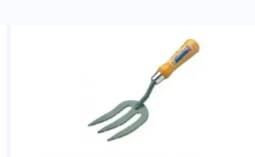
USES OF GARDEN FORK
a. It is used for turning manure during composting
b. It is used for spreading manure in the field or on seedbeds
c. It is used for loosening the soil before transplanting and uprooting of stumps
5. RAKE: Rake has a long wooden or metal handle which is about 2m long. At one end of the handle is the blade with about 12 prongs spaced evenly. The blade is about 15cm wide.
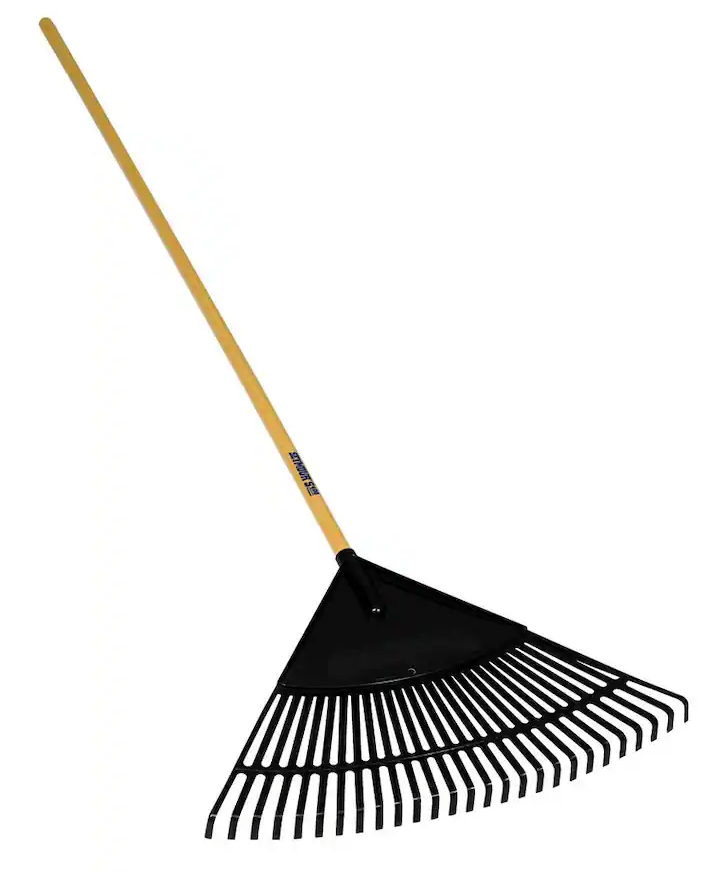
USES OF RAKE
a. It is used for levelling soil surface
b. It is used for breaking large soil crumbs into smaller ones
c. It is used for removing stones and weeds from seedbeds
d. It is also used for spreading soils to cover vegetable seeds broadcasted on seedbeds
6. MATTOCK: Mattock has a cylindrical wooden handle about 1m long and it is attached to a block of iron which forms the head. It is a digging farming tool with a head that combines a pick and adze.
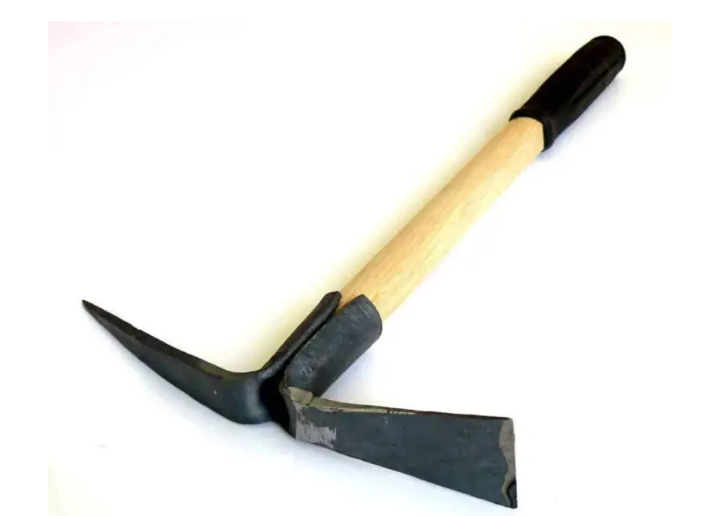
USES OF PICK MATTOCK
a. It is a hand tool used for digging and chopping.
b. It is used for forming and carving wood, which has evolved to become the ideal digging, landscaping, and gardening tool.
7. AXE : It has a thick blade that resembles a prism. One edge of the blade is sharp and semi-circular in shape. At the other end of the prism blade is a hole made through which a wooden handle is fixed. The wooden handle is usually about 90 cm long.
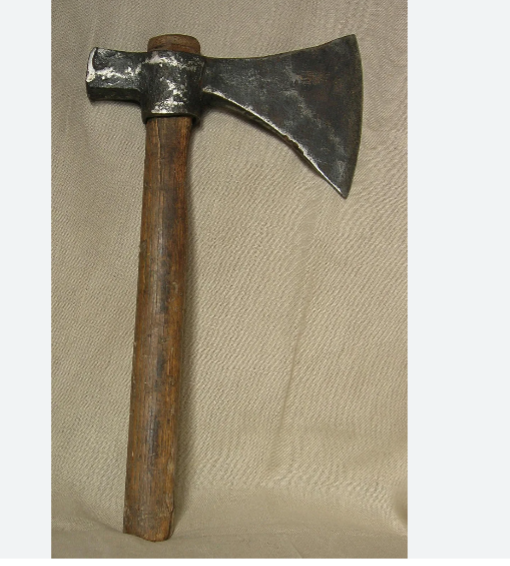
USES OF AXE
a. It is used for felling trees
b. It is used for cutting logs
c. It is used for uprooting big stumps during land preparation
8. HAND TROWEL: the hand trowel has a boat shaped blade riveted to a wooden handle. The total lenght of the tool is about 30 cm.
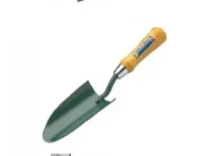
USES OF HAND TROWEL
a. It is used for transplanting seedlings from nursery to seedbed
b. It is used for spreading manure
c. It is used for digging shallow holes on beds
9. HEAD PAN: It looks like a big frying pan with two handles. It is made from iron.
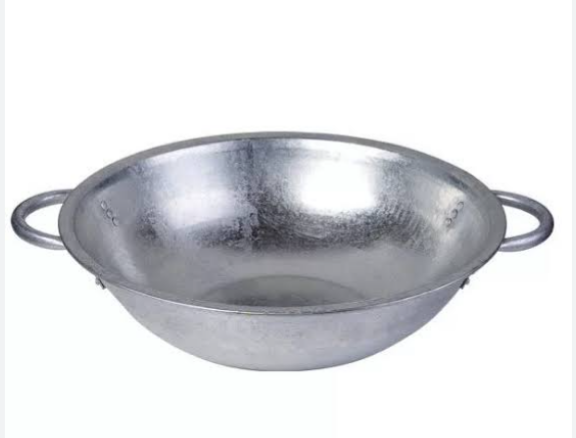
USES OF HEADPAN
a. It is used for harvesting crops
b. It is used for mixing fertilizers
c. It is used for collection of seeds
d. It is used for removing weeds and stones from the field
e. It is also used for transporting soil and compost to various parts of the garden.
10. MEASURING STICK: It resembles a meter rule but longer in lenght. It can be a metre length piece of wood marked in unit of tens. That is 10cm, 20cm, 30cm……100cm etc.
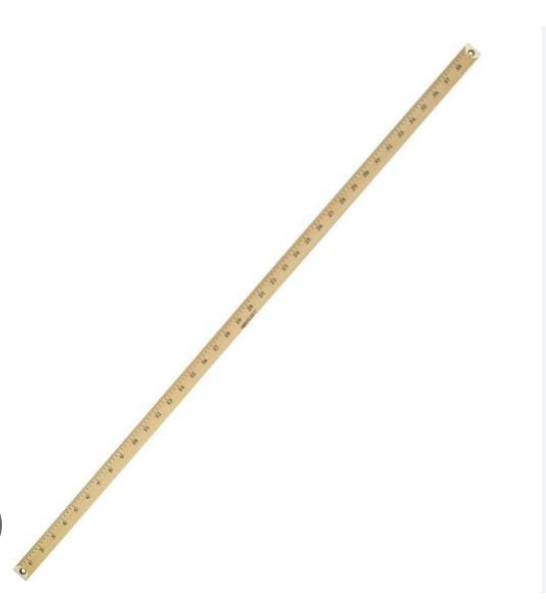
USES OF MEASURING STICK
a. It is used for measuring out beds
b. It is used for spacing out seeds and seedlings
11. WATERING CAN: This is a steel or plastic can with steel handle by the side and on top. It has a long spout with a perforated metal sheet over it’s mouth called rose through which water is sprinkled on the crops.
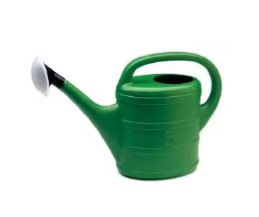
USES OF WATERING CAN
a. It is used for supplying artificial water to crops. That sprinkle water to germinating seeds and seedlings
b. It is used for general irrigation during dry season
c. It can be used to apply agrochemicals like fertilizers and pesticides on crops.
12. RANGING POLES: This is a cylindrical wooden pole usually painted in red and white bands. The anterior end is pointed and covered with steel.
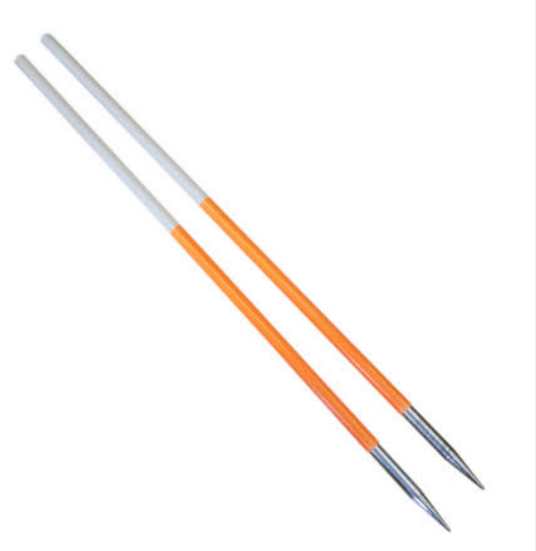
USES OF RANGING POLE
a. It is used for marking surveying stations or intermediate stations.
b. It is used for marking straight lines.
13. ARROW OR PIN: This is a steel pin with a ring at one end and pointed at the other end.
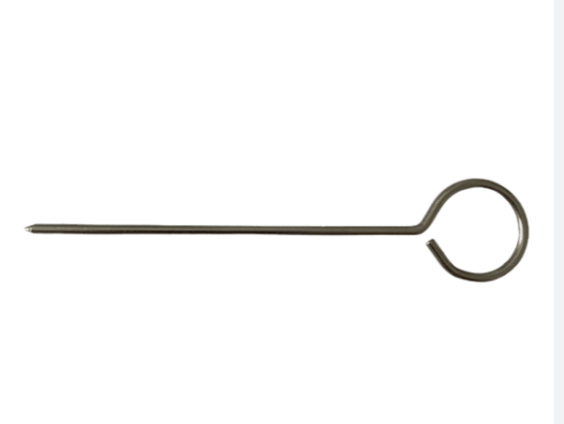
USES OF HARROW OR PIN
a. It is used for marking chain lenght.
b. It is also used for marking straight lines.
14. TAPES: There are two types of tapes. The steel tape and the linen tapes. They come in varying lengths. They should not be used in wet environment or else they rot. They should be returned to their casing clean and dry immediately after use.
USES OF TAPES
a. They are used in making short and detailed measurements
15. PICKAXE: It is made up of a double headed thich metal blade. Hole is made at the middle of the metal head into which a long wooden handle is fixed. The ends of the metal blade are pointed.
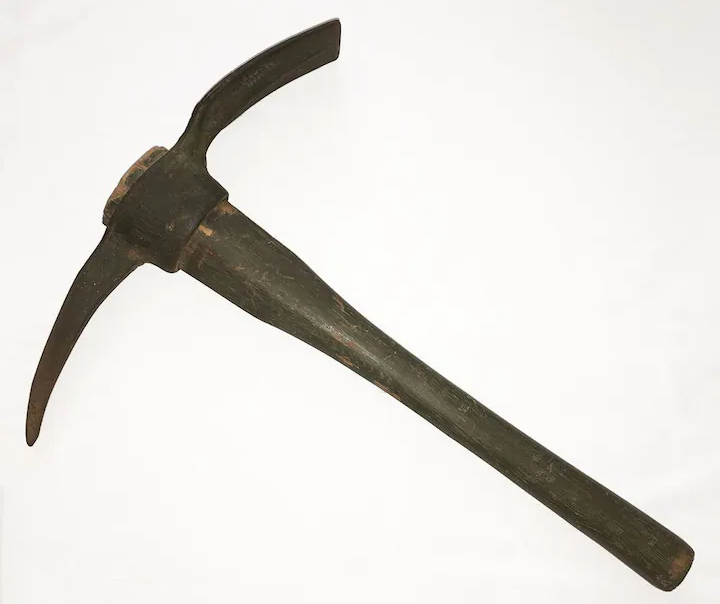
USES OF PICKAXE
a. It is used for digging up of roots and trees stumps
b. It is also used for breaking up hard soil.
16. FILE: It is a piece of hardened steel rod with cutting ridges. It has a wooden handle.
USES OF FILE
File is used for sharpening the edge of agricultural tools.
17. SICKLE: It is a big knife like tool with curve metal blade and a wooden handle.
USES OF SICKLE
a. Cutting and harvesting of millet and rice and b. It is used for cutting grasses to feed ruminants animals.
18. WHEELBARROW : This is a small hand pull cart. It has a metal carrier with a single wheel. It also has two long handle at the back for pushing the wheelbarrow.
USES OF WHEELBARROW
a. It is used for transportation of farm produce, seeds and manure.
b. It is used for carrying other tools from the store to the field and back to store.
19. KNAPSACK SPRAYER: The sprayer is a plastic container with backpacks. It has a long hose connected to the plastic tank and nozzle.
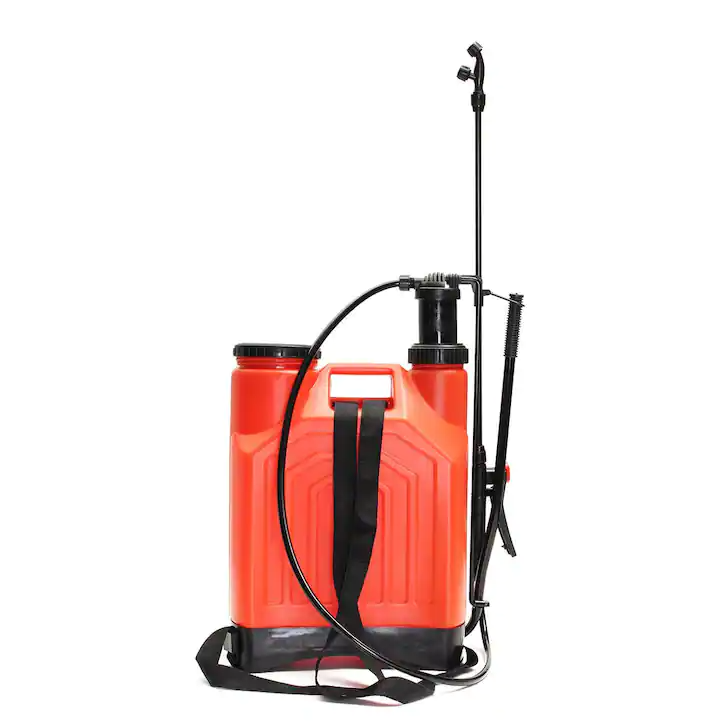
USES OF KNAPSACK SPRAYER
a. It is used for spraying agrochemicals especially pesticides on crops
b. It is also used for applying liquid fertilisers to crop.
20. MILKING CAN: This is a metal container with handle.
USES OF MILKING CAN
It is used for storing and transportation of milk.
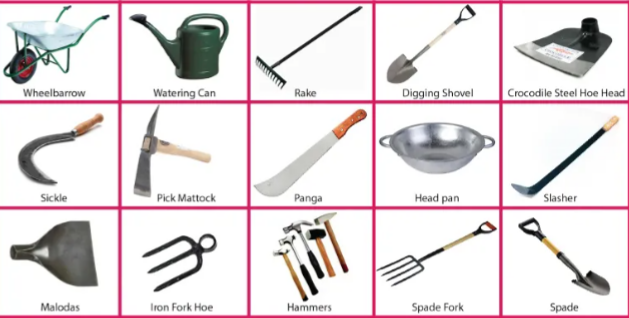
MAINTENANCE OF FARM TOOLS
1. Clean after use
2. Grease all joints and movable parts to prevent friction
3. Paint all metal parts to prevent corrosion
4. Store tools in a cool dry place
5. Sharpen all blades
6. Store tools away from sunlight, rain or any liquid.
7. The tools should be used for the purpose they are designed for.
